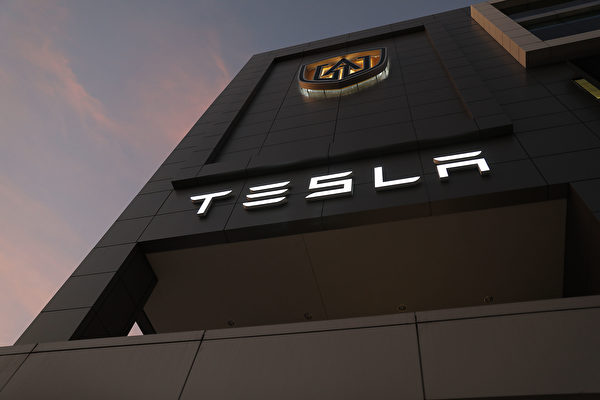In response to declining demand, Tesla officially launched the latest performance version of its Model 3 sedan on Tuesday, April 23rd. The new version of Model 3, starting at $52,990, comes with a new active damping system and adaptive suspension, offering improved handling and comfort. It boasts a battery range of 296 miles and can accelerate from 0 to 60 mph in 2.9 seconds with 510 horsepower.
Compared to the previous Model 3 Performance, the new version has seen a 32% increase in peak power, a 16% increase in peak torque, and a 5% reduction in resistance. Tesla stated that it consumes less energy while achieving these improvements compared to the previous generation, attributed in part to the new generation of drive units, rear diffuser, and spoiler.
Tesla has also made slight redesigns to the front and rear of the car to differentiate it from the newly adjusted versions of the Model 3 released last year. The Model 3 Performance will also benefit from recent updates, including ambient lighting, improved sound insulation, upgraded materials, a steering wheel without a handle, and a new touchscreen display.
According to Tesla’s website, unlike other variants of compact sedans, the new version of Model 3 is eligible for federal tax credits. Orders placed on Tuesday (at least at the time of publication) indicate that deliveries in North America are expected in May or June 2024.
As Tesla introduces the new Model 3 Performance, the company is experiencing one of its poorest delivery quarters in recent times, with a 20% decrease compared to the fourth quarter of 2023. The company is set to announce its financial performance after market close on Tuesday, with analysts predicting that due to price cuts and slowing demand, its profit margin will hit a six-year low.
Before the release of the report after market close, Tesla’s stock rose by 2.9% to $146.19. Several analysts predict that after years of double-digit growth, Tesla’s annual delivery volume will decline for the first time in 2024. In January, the company warned that delivery growth this year would decrease significantly, indicating that price cuts have not been sufficient to boost demand.
So far this year, Tesla’s stock price has fallen by about 43%, making it one of the worst-performing stocks in the S&P 500 index. According to a survey of 20 analysts by Visible Alpha, Wall Street expects Tesla’s gross margin, excluding regulatory credits, to be 15.2%, lower than the 19% from the same period last year and the lowest level since the fourth quarter of 2017.
Tesla announced plans to lay off 2,688 employees at its Texas factory before announcing quarterly earnings on Tuesday. CEO Elon Musk is expected to outline strategies to address slowing demand and declining profits. (This article references reports from Reuters and TechCrunch)

